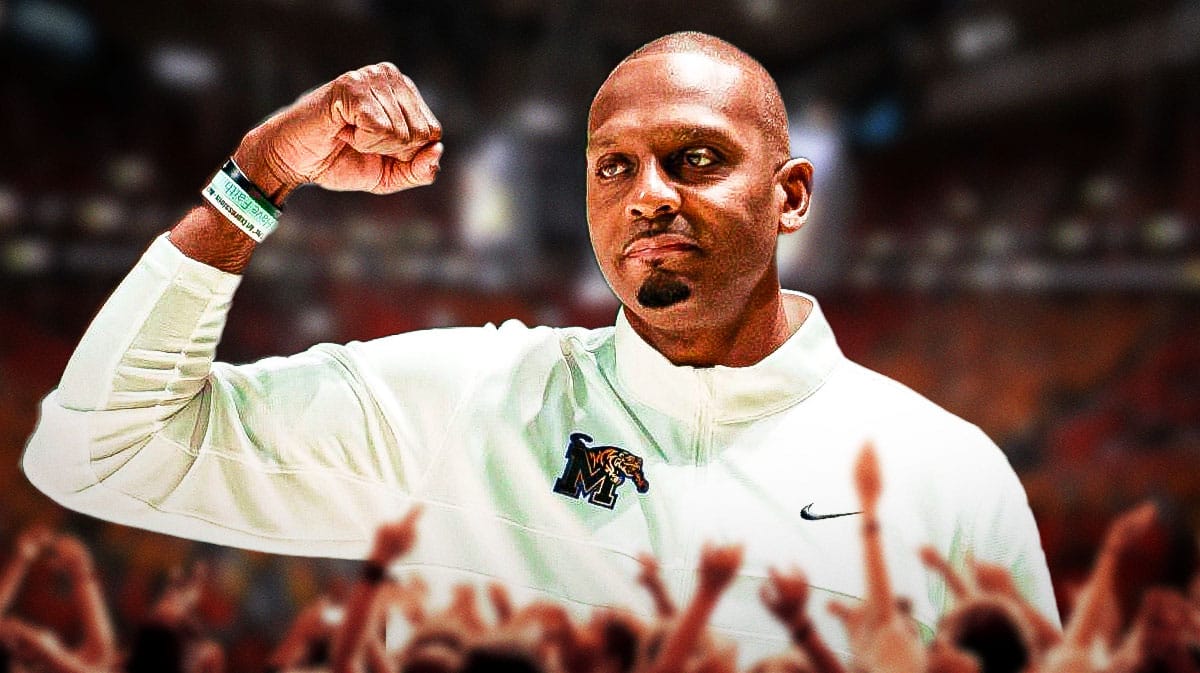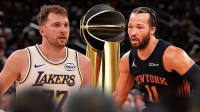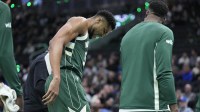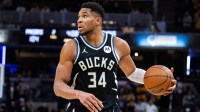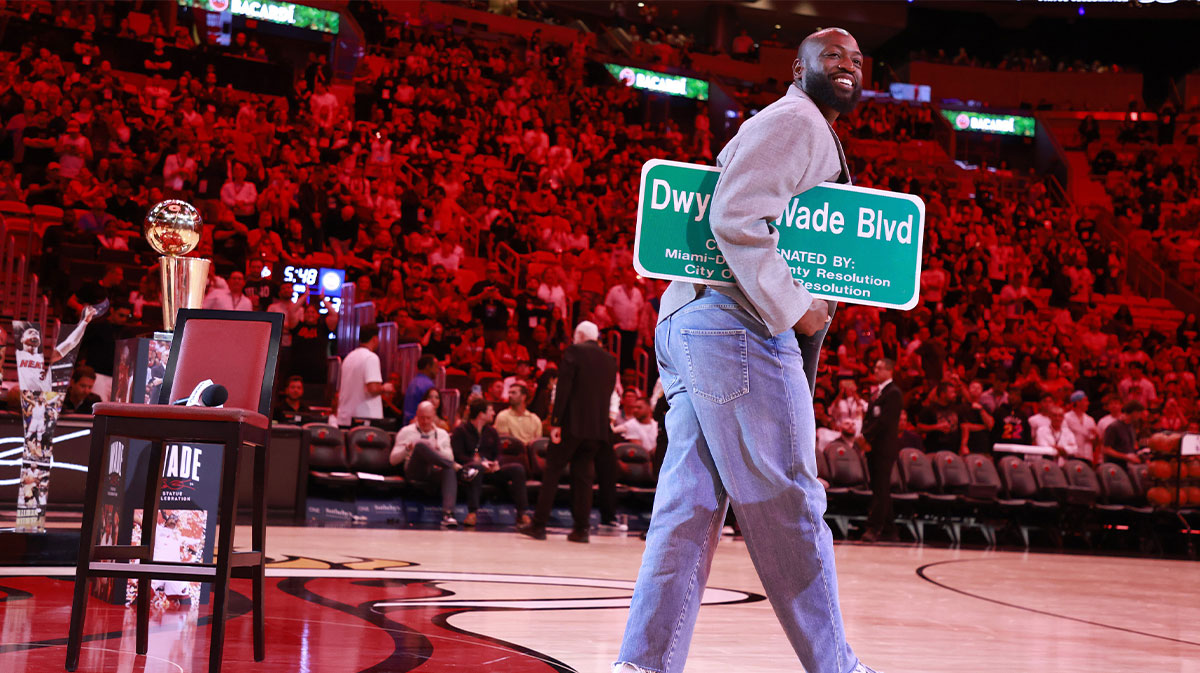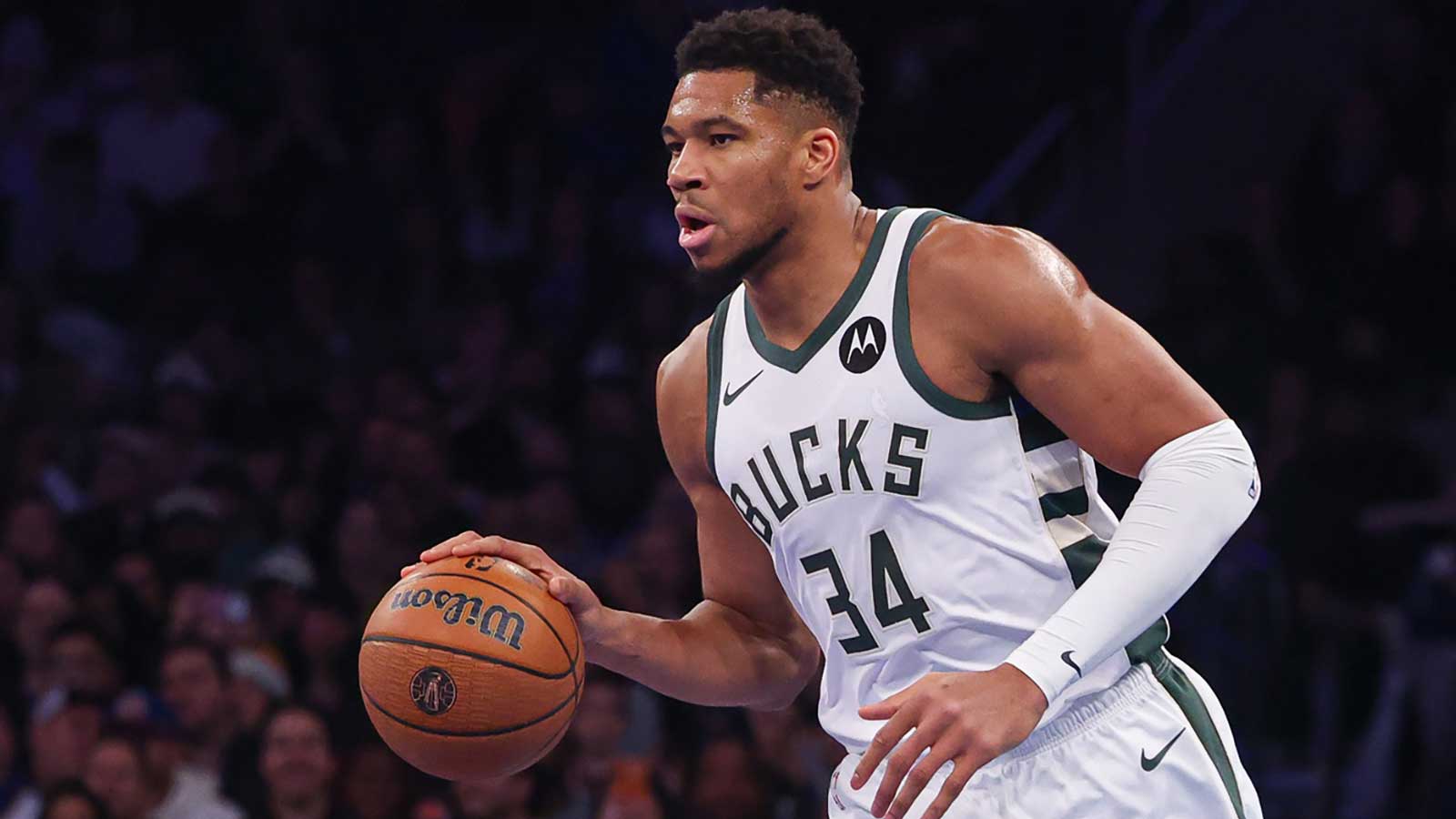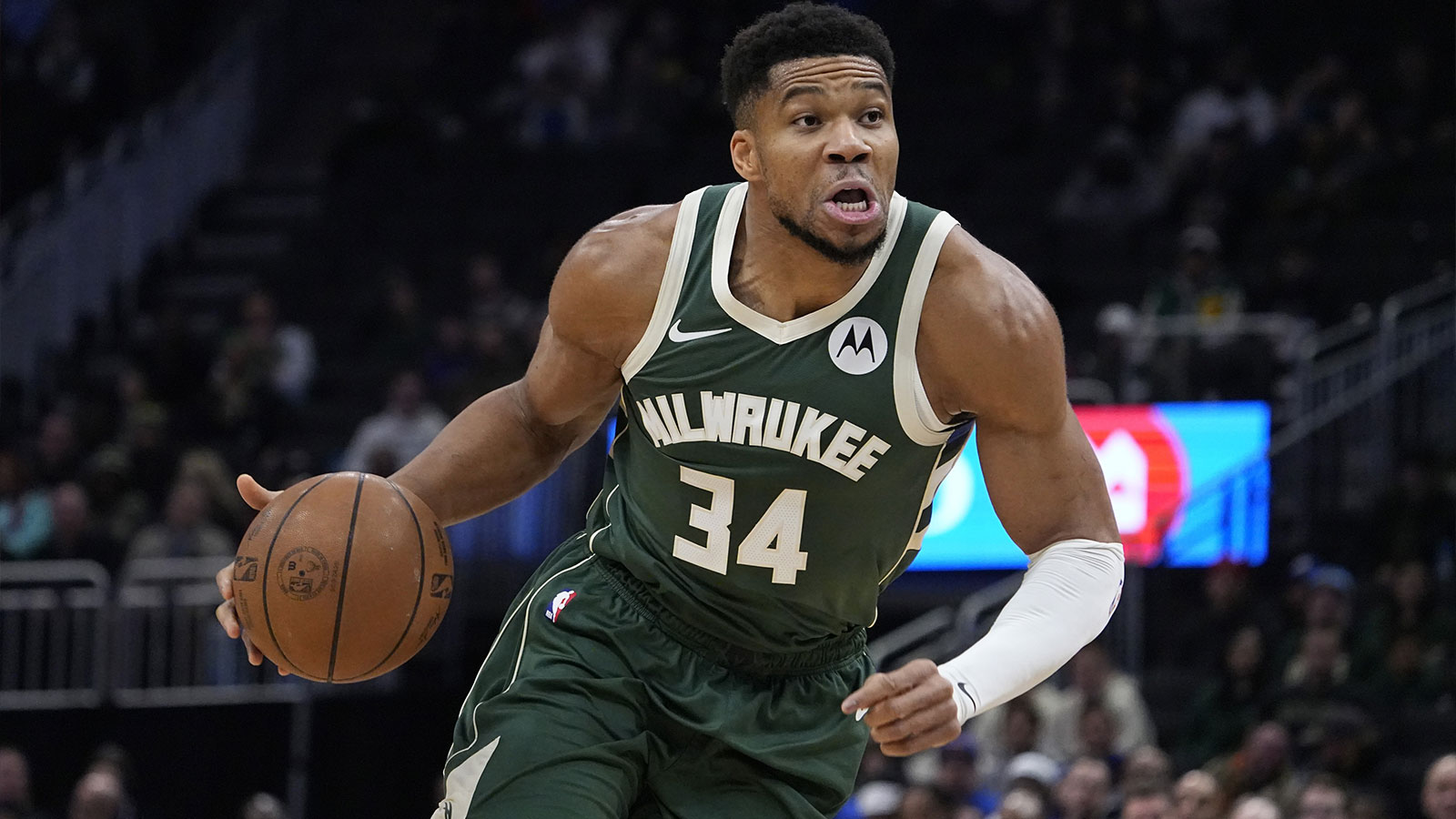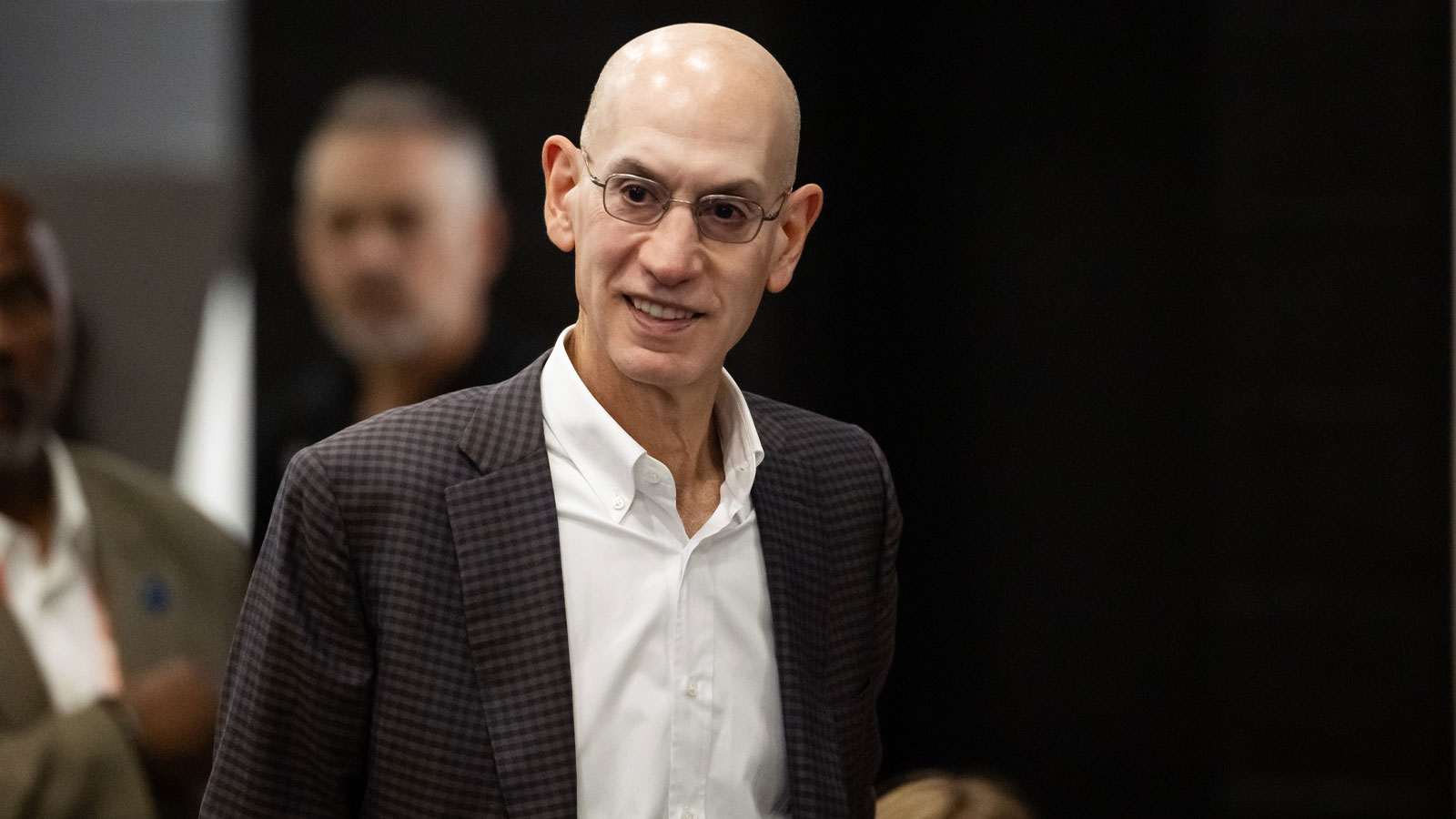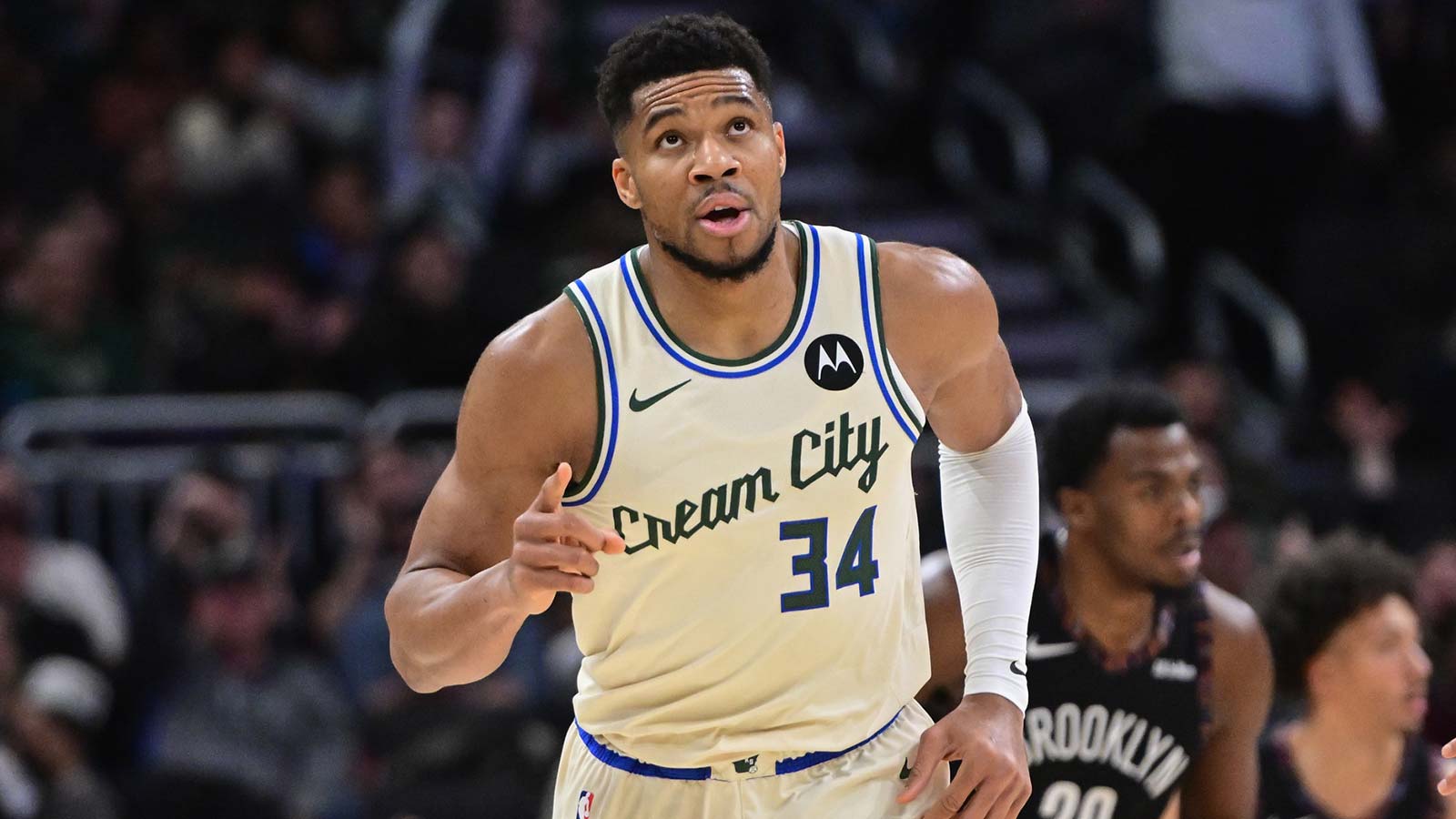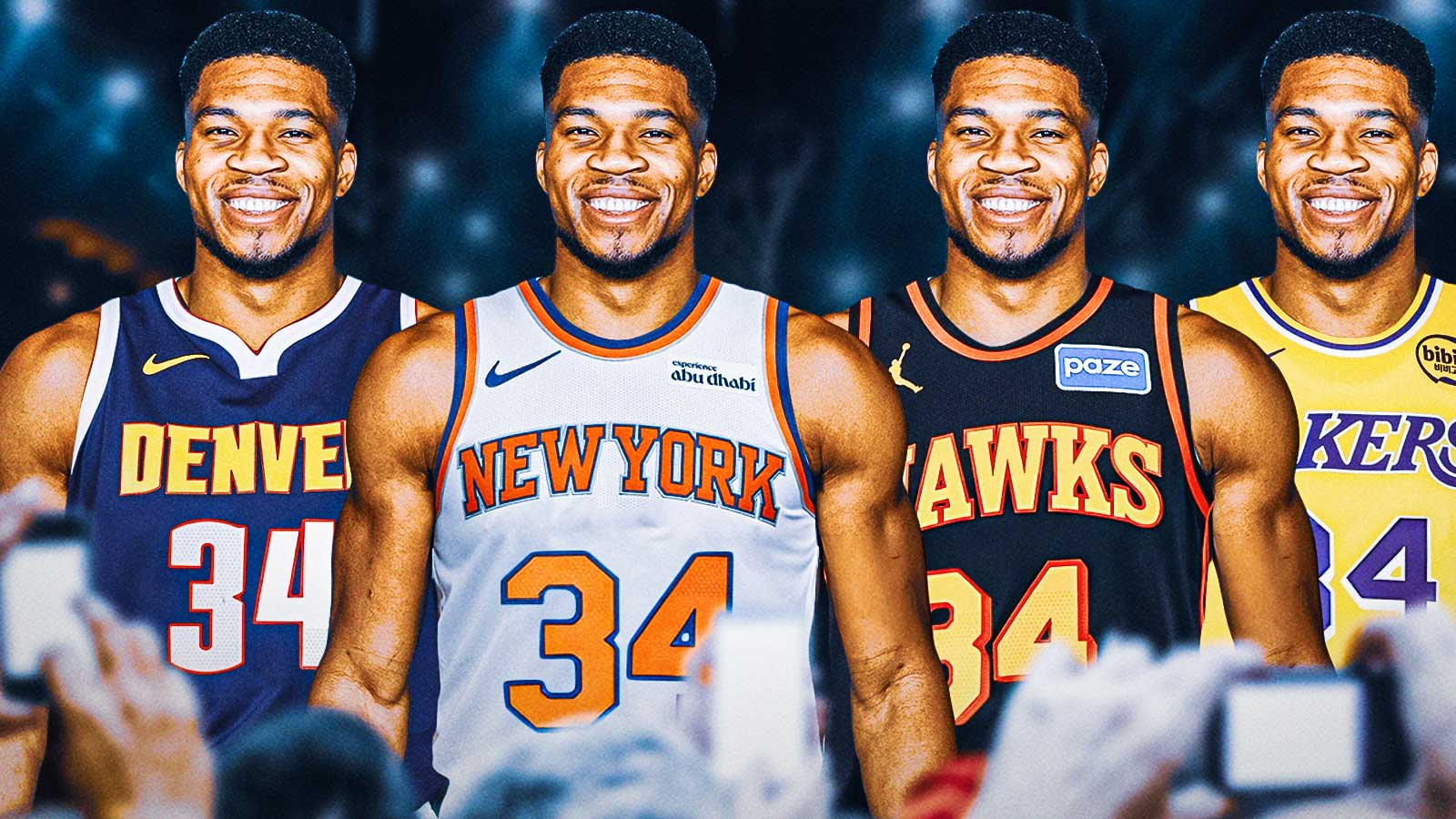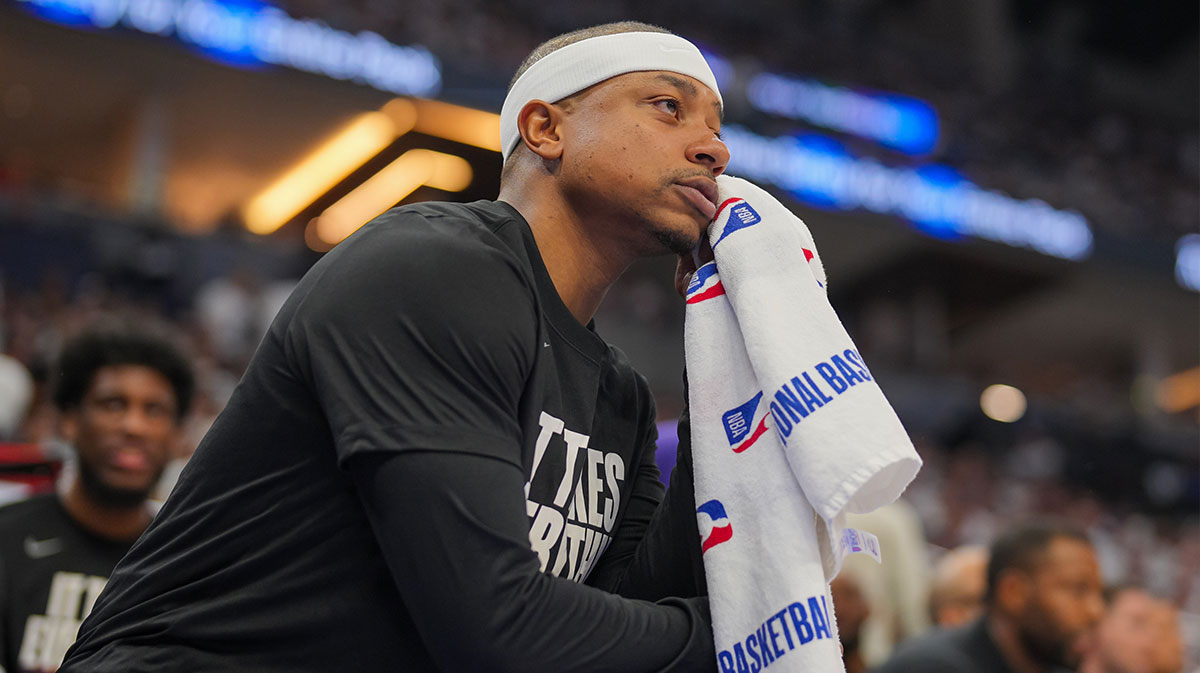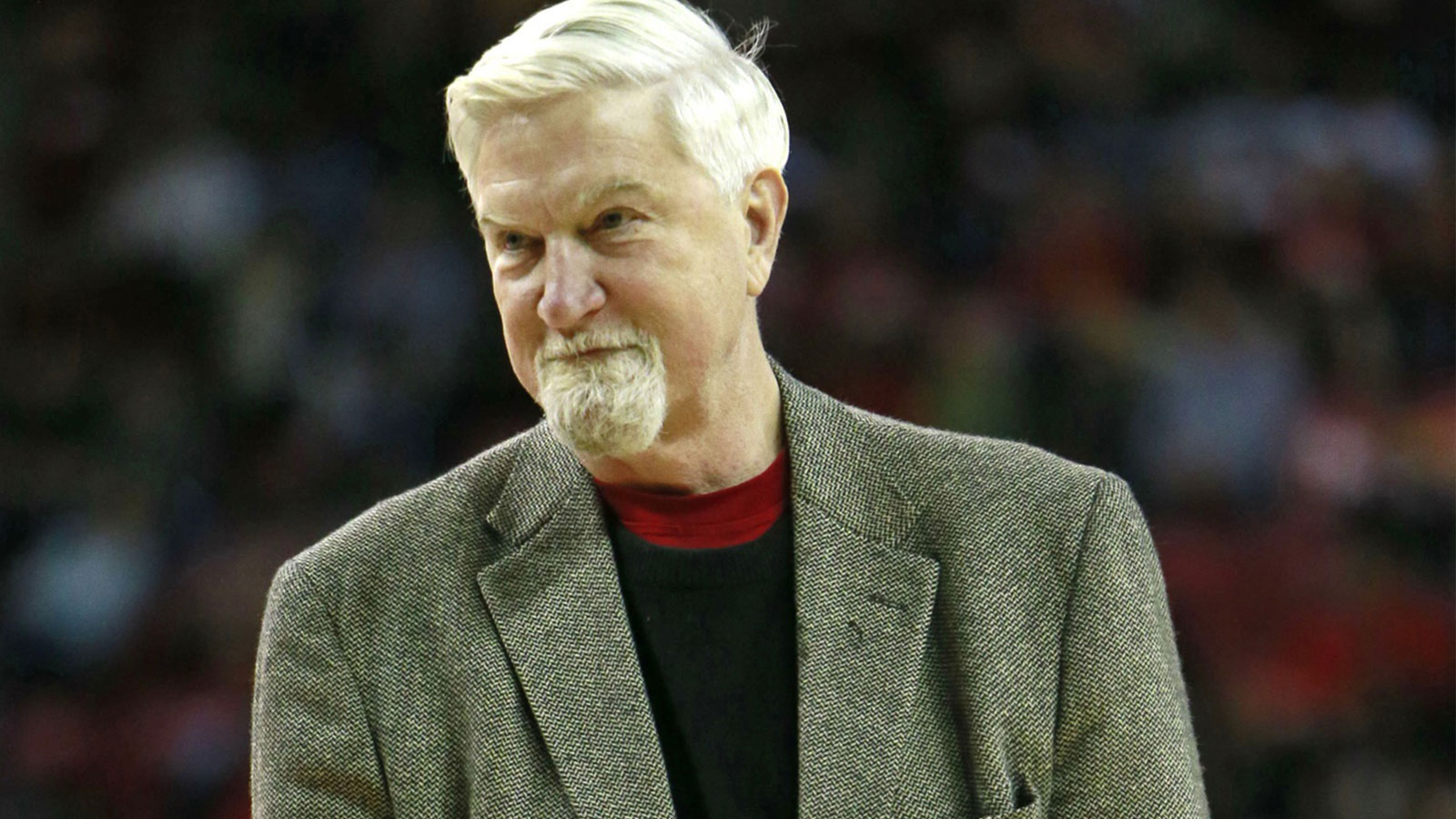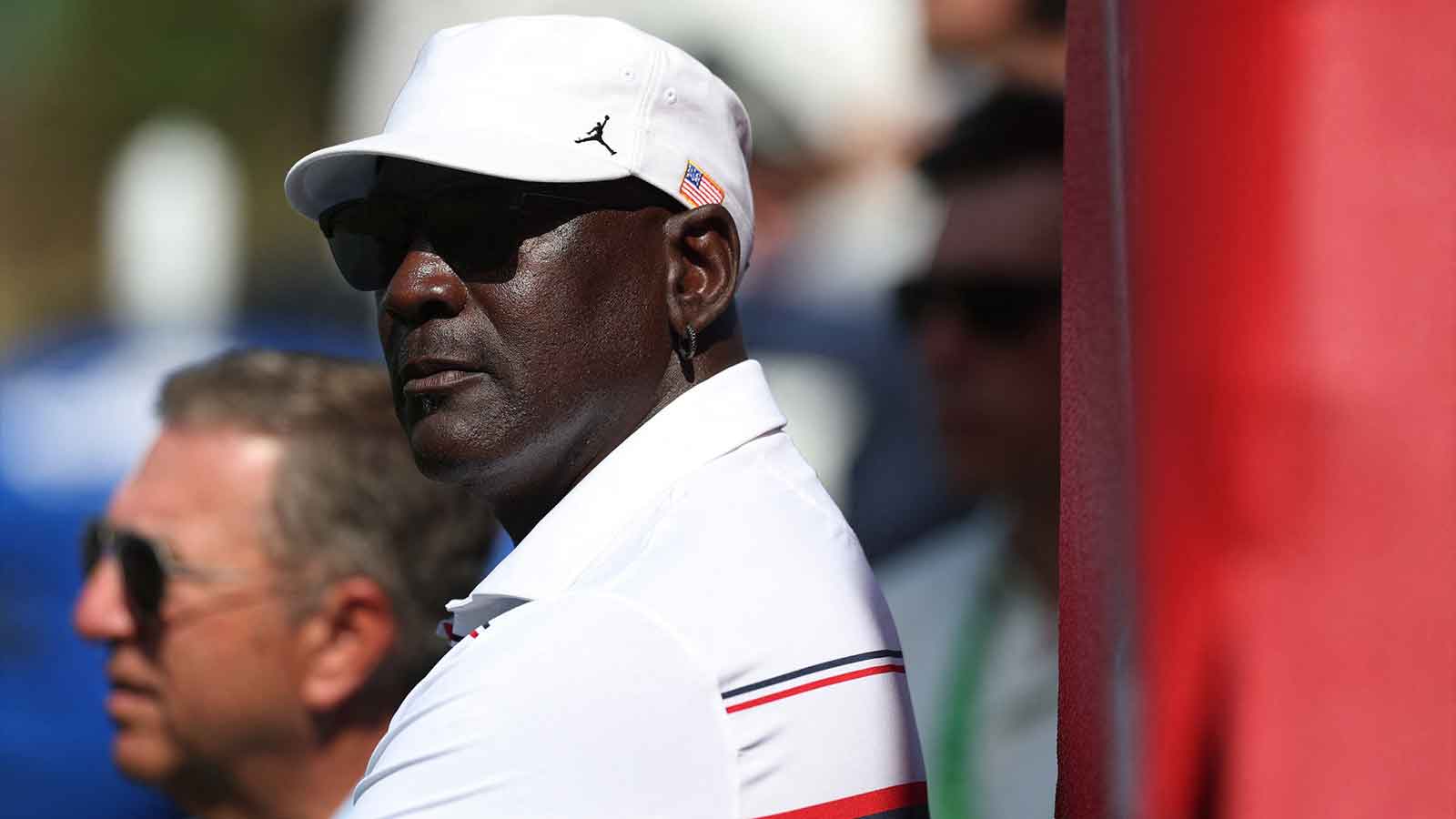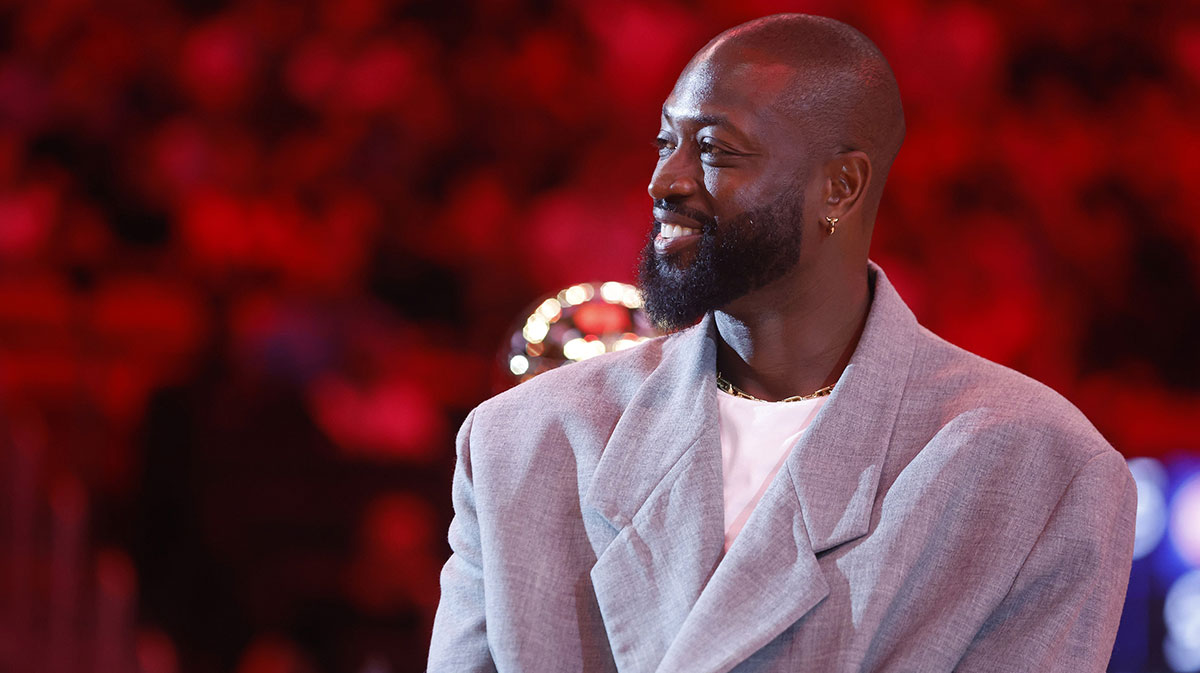By most standards, Penny Hardaway had a very successful NBA career. He was a four-time All-Star and a three-time All-NBA selection, but it's clear that Hardaway could have been even better had things went just a bit differently for him.
Hardaway, who formed one of the most promising duos in NBA history with Shaquille O'Neal on the Orlando Magic, watched as O'Neal left the Magic for the Los Angeles Lakers. Shortly thereafter, injuries took hold of Hardaway's career. Ahead of the 2000-01 season, his second year with the Phoenix Suns, Hardaway underwent two microfracture surgeries on his left knee, which he said on the Point Forward podcast took both a physical and mental toll on him.
“When I had the microfracture [surgery], I knew it was, instantly, the worst decision I had made in my life because I could just tell I was different,” Hardaway said. “It was taking me so long after a game to get out of the car. I knew then that something wasn't right, and I was never the same after microfracture surgery. And I was one of the first guys to have microfracture surgery.
“It felt like my legs got — my left leg got weaker. My quad and my VMO (Vastus Medialis Oblique), on the strength work, it could never get strong enough. It just seemed like my left quad just stayed with — it was very weak and atrophied the entire time and never got back as strong as the right. And I just knew I wasn't the same. After the microfracture surgery, I knew at that point I was just trying to hold on to something that wasn't there.”
Penny Hardaway before and after microfracture surgery
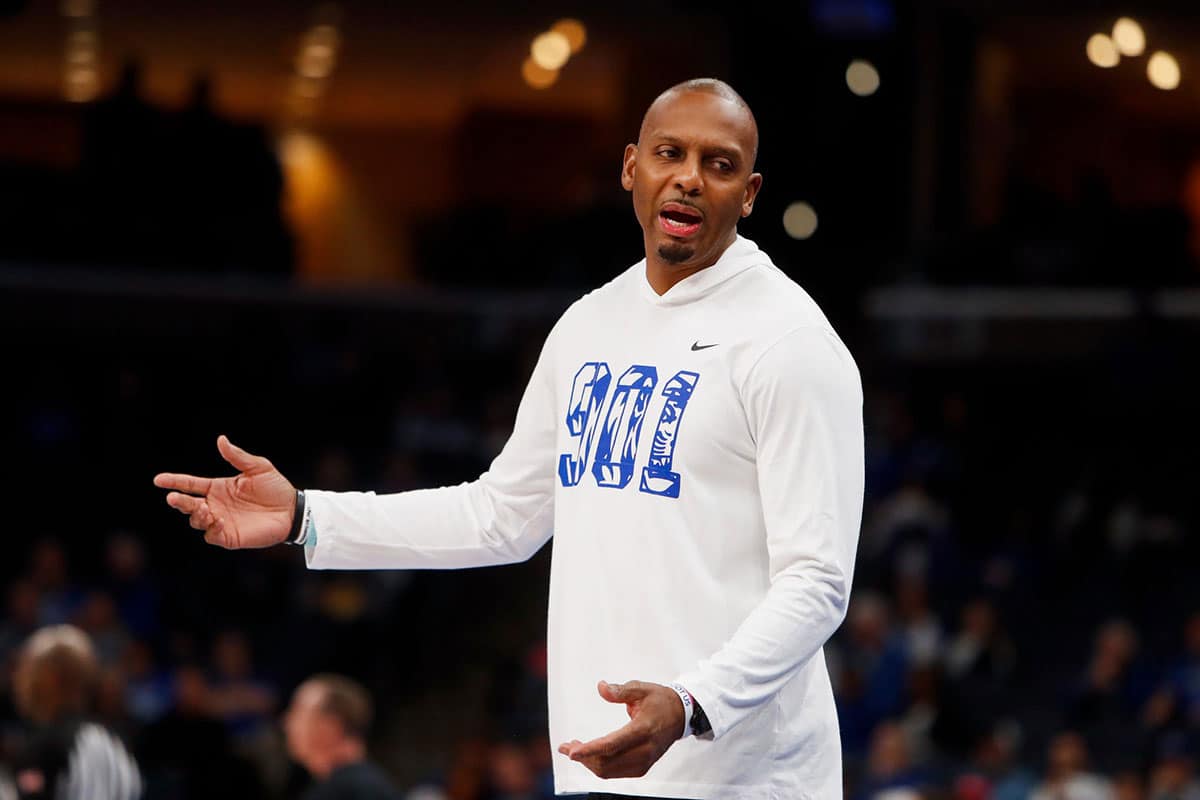
Through the first seven seasons of his career, Hardaway played 429 games, averaging 18.7 points, 4.9 rebounds, 6.2 assists, and 1.9 steals per game. Over the final seven seasons of his career, Hardaway played 275 games, averaging 9.6 points, 3.8 rebounds, 3.2 assists, and 1.1 steals per game.
While some of that decline should be attributed to Hardaway aging, it's undoubtedly true that not one but two microfracture surgeries also played a large factor in Hardaway's dip in production. Hardaway was sidelined for all but four regular-season games during the 2000-01 season, the year in which he underwent the knee surgeries, and while he played regularly the following season, he had clearly declined.
After numerous seasons in which he averaged 37 or 38 minutes per game, Hardaway played 30.8 minutes per game during the 2001-02 season, which was his lowest for a full season to that point in his career, but it also proved to be the most minutes he would play for the rest of his NBA career as well. Accounting for the playing time decline, which can also be attributed to the effects of microfracture surgeries, Hardaway's points per 36 minutes dropped to a then career-low 14.0 in 2001-02.
His scoring and most other stats continued to dip as he played less and less, evolving into a solid veteran bench player. And for the latter half of his career, that will likely be what some fans remember Hardaway as. But it's clear that had Hardaway been able to extend his prime just a little bit longer, fewer fans would remember him as the Suns and New York Knicks' large veteran guard and more would remember him as the Magic Johnson-like maestro many believed he had the potential to be.

